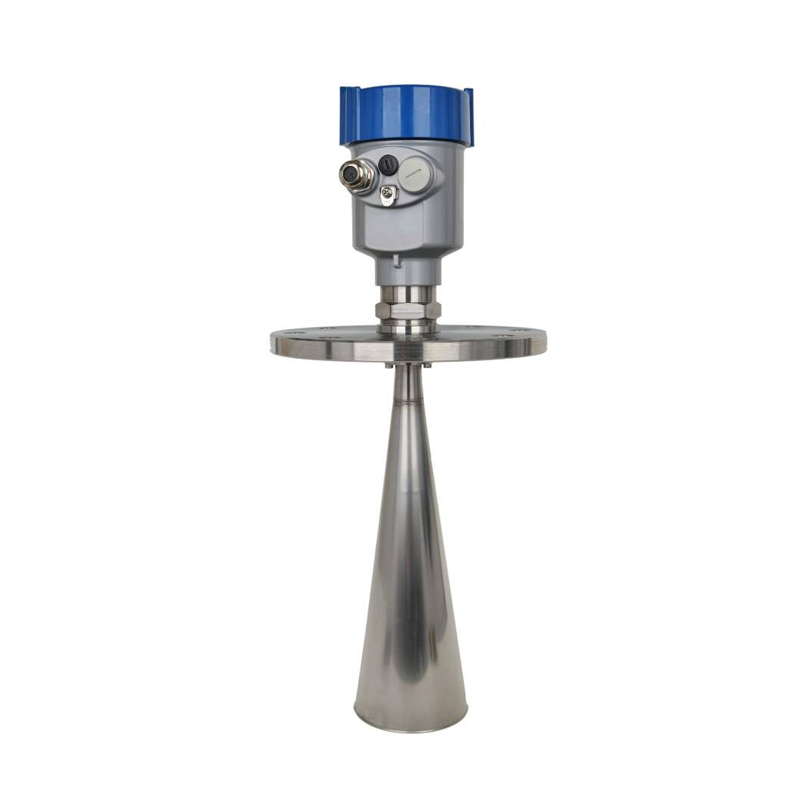Meteorological environment monitoring equipment supplier
Insist on doing high-precision customer favorite technology products

1. Product principle of radar level meter
Radar level meter is also called radar level meter and radar wave level meter. Radar level meter is an ultrasonic level meter that uses microwave pulse measurement method. The principle is that the pulse propagates in space at the speed of light and encounters the measured medium. surface, part of which energy is reflected back and received by the same antenna. The radar level antenna emits narrow microwave pulses, which are transmitted downward through the antenna. After the microwave contacts the surface of the measured medium, it is reflected back and is received again by the antenna system. The signal is transmitted to the electronic circuit part and automatically converted into a level signal (because the microwave propagates extremely fast, the electromagnetic wave reaches the target and is reflected back to the receiver. The time taken is almost instantaneous).
2. Technical parameters of radar level meter
Application: Solid materials, strong dust, easy crystallization, condensation situations
Measuring range: 30 meters
Process connection: universal flange
Medium temperature: -40~250℃
Process pressure: -0.1~0.1MPa
Accuracy: ±15mm
Protection level: IP67
Frequency range: 26GHz
Explosion-proof level: Exia ⅡC T6 Ga/Exd ia IIC T6 Gb
Signal output: 4...20mA/HART (two wires/four wires), RS485/Mod bus
3. Product features of radar level meter
The antenna is small in size and easy to install; the non-contact radar has no wear and pollution.
Almost unaffected by corrosion and foam; almost unaffected by water vapor, temperature and pressure changes in the atmosphere.
Serious dust environment has little impact on the operation of high-frequency level meters.
The wavelength is shorter and reflects better on tilted solid surfaces.
The beam angle is small and the energy is concentrated, which enhances the echo capability and helps avoid interference.
The measurement blind area is smaller, and good results can be achieved for small tank measurements.
High signal-to-noise ratio for better performance even under fluctuating conditions.
High frequency, it is the best choice for measuring solids and low dielectric constant media.